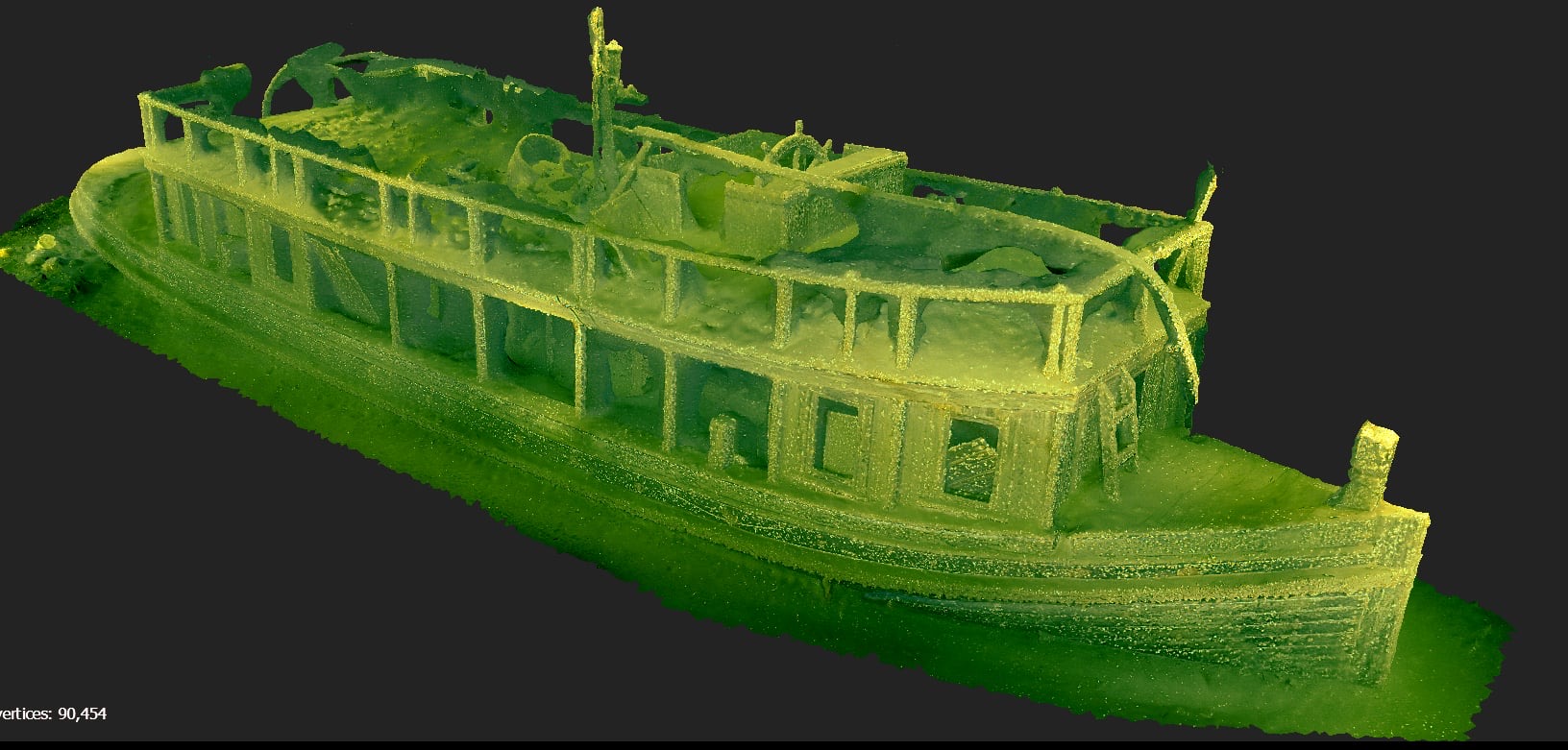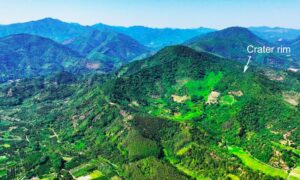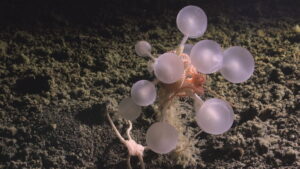For centuries, strange booming sounds have occasionally broken Seneca Lake’s natural serenity. Legends and theories alike have long tried to explain this “burping lake” in the Finger Lakes chain. Researchers at the State University of New York (SUNY) have finally solved the mystery.
The ‘Guns of Seneca’
The “Lake Gun” is a mystery. It is a sound resembling the explosion of a heavy piece of artillery, that can be accounted for by none of the known laws of nature. The report is deep, hollow, distant, and imposing.
Famous American writer James Fenimore Cooper used the “Guns of Seneca” legend in his 1850 short story, The Lake Guns. According to Cooper’s telling, the booming sound is the voice of an indigenous Great Spirit commanding a punished demogogue, who was turned into a floating tree. It’s all very James Fenimore Cooper.
The story shows, anyway, that by the mid-nineteenth century, the lake was already known for its loud, booming eruptions. Also described as drums, the noise comes seemingly at random and without warning, just a loud, muffled sound issuing from the water.
By the early 20th century, the more scientifically minded were proposing erupting natural gas. But as one 1934 article admits, “The physics of the phenomena were yet unexplained.”
A secret pockmarked lakebed
It’s a difficult problem to tackle. The incidents are random and relatively infrequent, and the lake itself is large and deep, holding more water than any other Finger Lake.
The case was cracked by a sonar survey, which, in fact, wasn’t trying to solve the case at all. It was a state-funded initiative to map the lake and get high-resolution images of shipwrecks. What they found, however, were 144 large craters.

The survey was actually looking for shipwrecks, like this one of an 1890s steamer. Photo: Canal Society of New York/Institute of Nautical Archaeology
Knowing these craters could be the key to the Seneca Guns, a SUNY research team led by researcher Tim Morin set out to investigate. They’ve taken samples of the material inside these deep, lakebed pockets. It may take months for the results to come back and confirm the theory once and for all.
The likeliest explanation, however, is this: Natural gas trapped inside the Earth is seeping up toward the lake. “Methane or other geologic gases are penetrating the ground surface and bursting like a big pimple,” Morin explained to The New York Times. The bursting forms the craters and creates the sound.
Gas bubbling out from beneath lakes can be dangerous, even deadly. The results of Morin’s tests will reveal more about the types of gases present and whether there is any cause for alarm. At the moment, however, officials don’t consider the Seneca Guns a danger.






